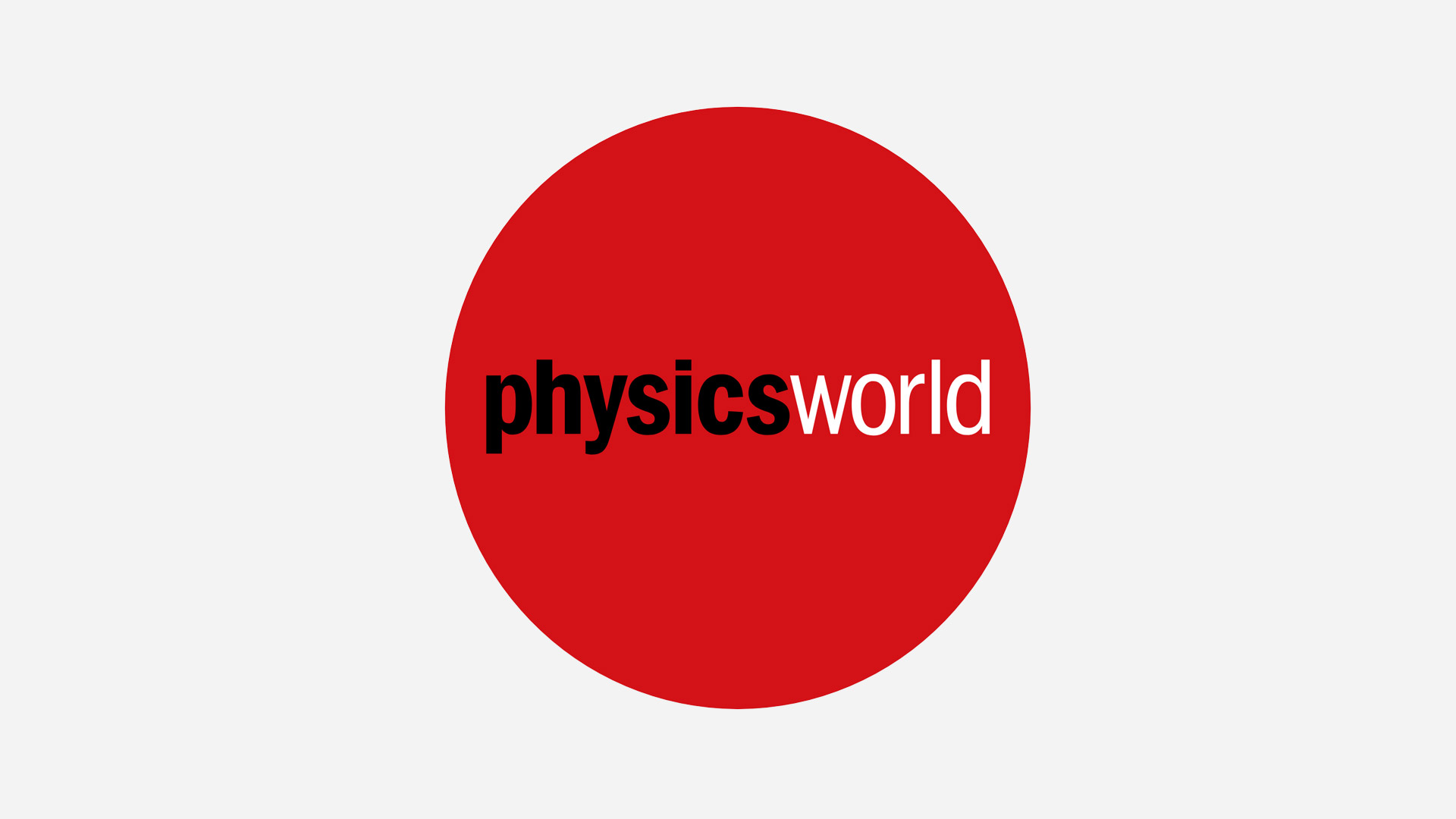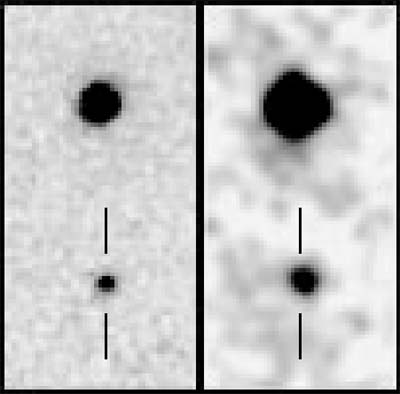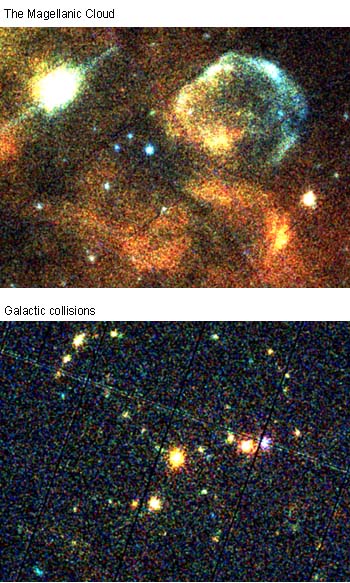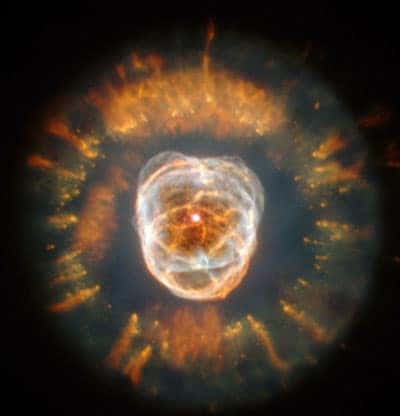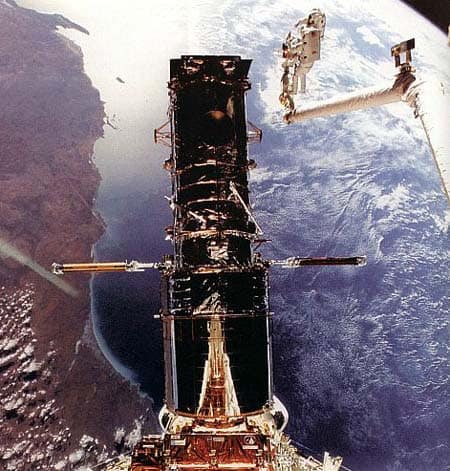 Read article: Hubble prepares for the next ten years
Read article: Hubble prepares for the next ten years
Hubble prepares for the next ten years
Recently a “second decade” working group looked at the future of the billion-dollar telescope, which is funded by NASA and the European Space Agency. After ten years in orbit, what more ca...
